
Extinction concerns more than just the dinosaurs from millions of years ago. In fact, Earth may experience another mass extinction sooner than we may think. However, not many people know about this. Find out more about the facts and figures behind the environmental crisis threatening the world with these extinction facts.
- Human activity in the last 500 years has brought extinction upon more than 800 species.
- The IUCN Red List has recorded 41,415 endangered species of both animals and plants.
- 16,306 of the listed endangered species are under the threat of extinction.
- There are already 785 total extinct species.
- 65 of these species can now be only found in captivity or in cultivation.
- Of all the organisms that ever lived on the planet, over 99% have already gone extinct.
- Extinction is a threat to endangered species upon reaching a certain existence number.
- Two main reasons for extinction are habitat loss and lack of genetic variation.
- Humans might have quickened species extinction by a thousand times.
- The famed dinosaur might be ancient, but it was the most recent of the 5 prior mass extinctions.
- A species can be in danger of extinction when its DNA becomes genetically homogenous.
- Species protected under the “Endangered Species Act” have a history of <1% of going extinct.
- Scientists believe that half the Earth’s species will go extinct within the next 70 years or so.
- China is the largest market for critically endangered species such as the black rhino.
- The global rate of extinction today is the same level as that of the dinosaurs 65 million years ago.
- Nazi party leaders had an infamous goal of resurrecting extinct animals.
- Scientists believe that the spread of rabies might be behind a few species’ extinction.
- Martha, the world’s last carrier pigeon who died in 1914, was named after Washington’s wife.
- The rising fame of the Brazilian bikini wax made the pubic lice endangered.
- The saber-tooth tiger, extinct since 10,000 years ago, weighed heavier than a grand piano at 1,102 pounds.
Extinction Facts Infographics
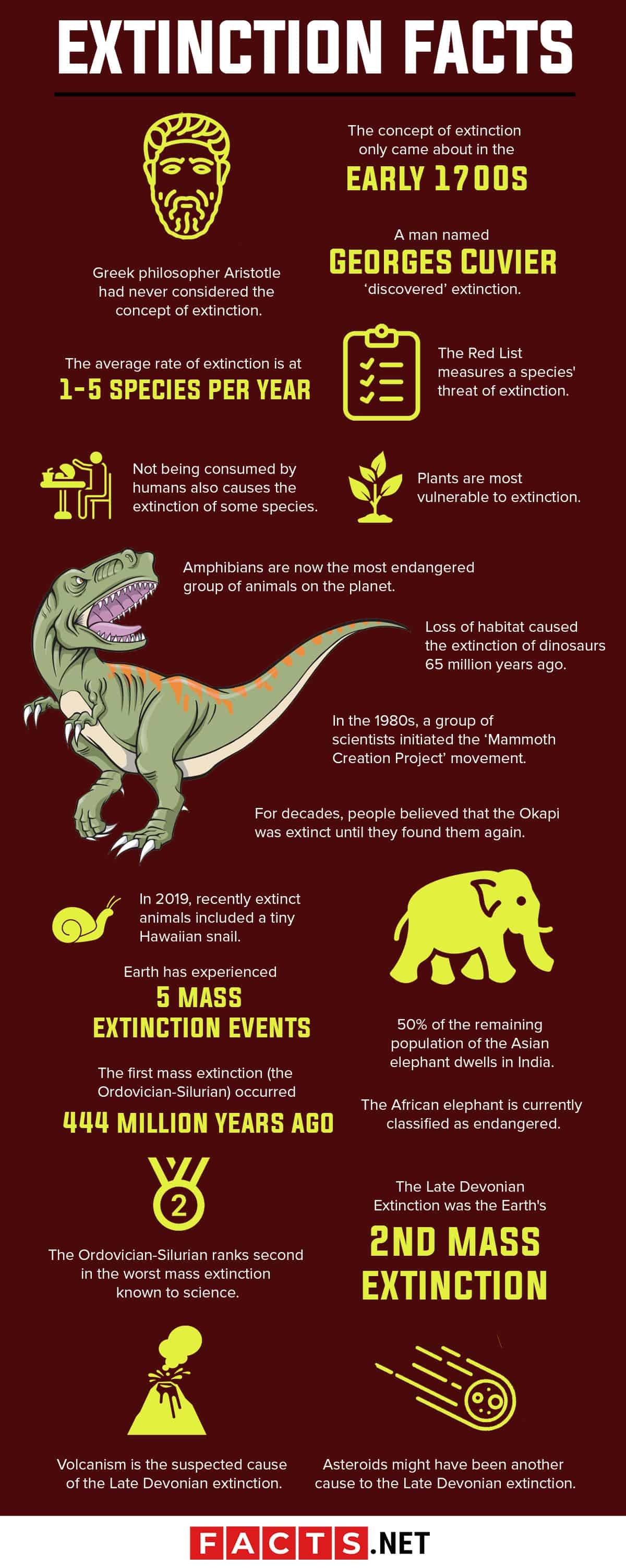
Greek philosopher Aristotle had never considered the concept of extinction.
In his 10-book series entitled History of Animals, Aristotle wrote of his belief that all species were eternal. Aside from the thought that they had always existed, Aristotle also believed that they would continue their existence indefinitely. Not really much of an oversight by one of the earliest scientists.
The concept of extinction only came about in the early 1700s.
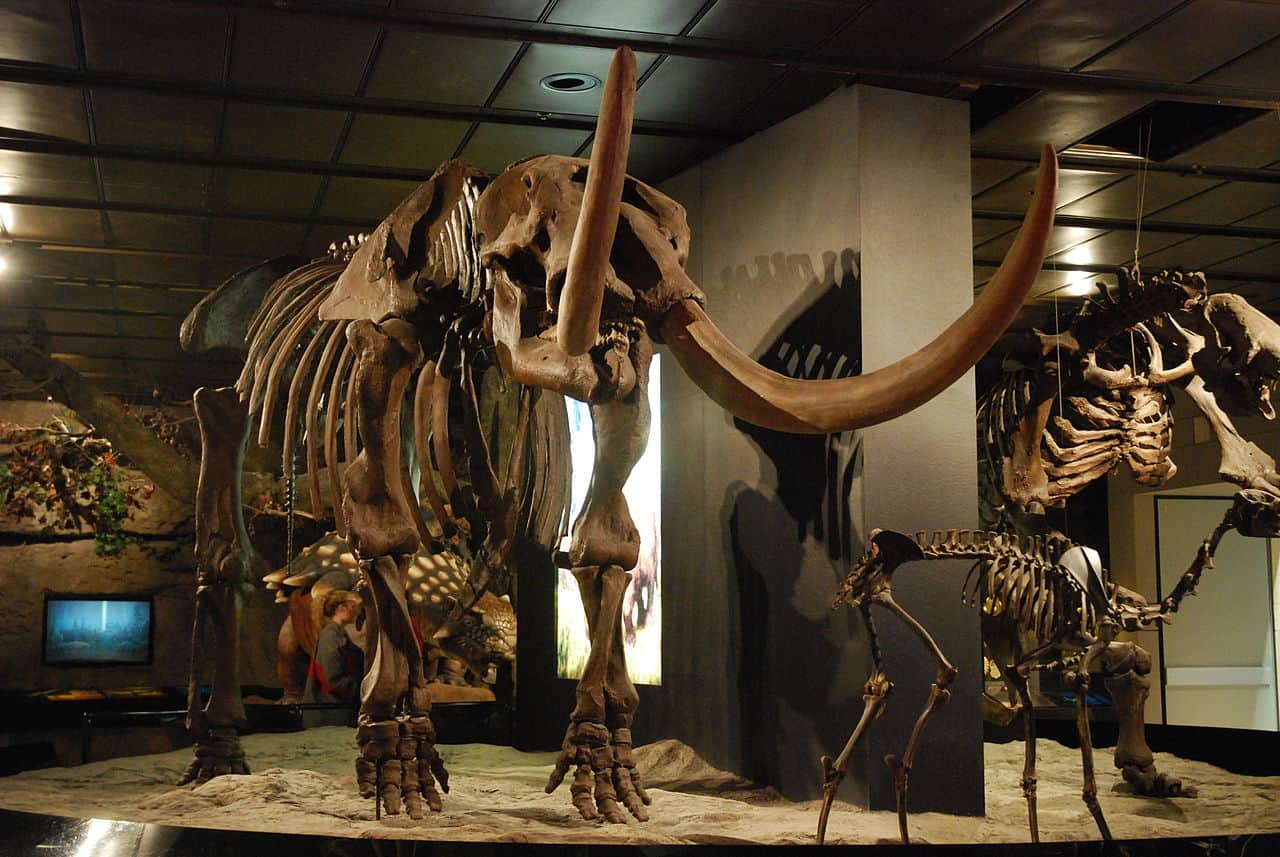
It would not even be possible without the discovery of the American mastodon’s fossil. Before that, Western philosophers and scientists mostly believed in Aristotle’s sentiment that species survive indefinitely.
Now, extinction has become a natural part of the world’s scientific understanding but still with tragic and pessimistic associations.
A man named Georges Cuvier ‘discovered’ extinction.
Cuvier worked at the Museum of Natural History where, after some time, he had grown so passionate about his work. Hence, he decided to move into the museum and live on its grounds. It was during this time that Cuvier published many studies fundamental to the concept of extinction through his findings in paleontology.
The Red List measures a species' threat of extinction.
Recorded by the International Union for Conservation of Nature (IUCN), the list specifies the severity and causes of the extinction threat on different species. Its 7 levels representing a different threat level are as follows:
- least concern
- near threatened
- vulnerable
- endangered
- critically endangered
- extinct in the wild
- extinct
The average rate of extinction is at 1-5 species per year.
Sadly, human influence has gone as far as to speed up the process up to 1,000-10,000 times at this rate.
Not being consumed by humans also causes the extinction of some species.
Contrary to popular belief, not all species’ extinction is caused by human poaching. The Guinea Hog, for instance, was once a popular source of bacon and ham. When people opted for other choices, the species then became threatened. Hence, advertising the delicious taste of endangered animals has become a controversial yet effective way of bringing attention to them. People would then put them in animal farms and supplement their growth even if it were for commercial use.
Plants are most vulnerable to extinction.
Unlike animals, plants do not have the ability to move when threatened. This is why 68% of all plant species on Earth are now endangered.
Amphibians are now the most endangered group of animals on the planet.
The word ‘amphibian’ originated from a Greek word which means ‘double life.’ Their adaptability on both land and water might have helped them survive the first 5 mass extinctions. However, their odds are different now.
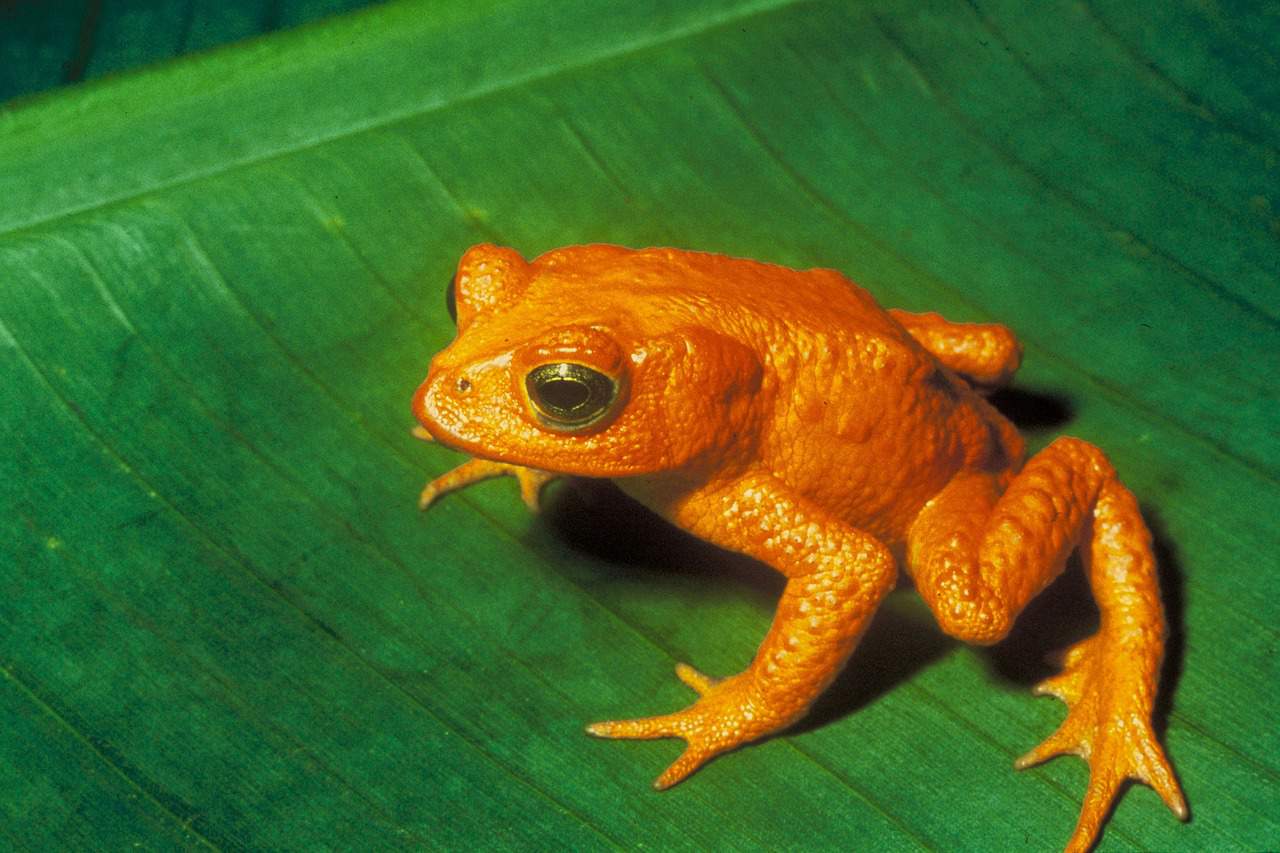
Loss of habitat caused the extinction of dinosaurs 65 million years ago.
Dinosaurs had grown accustomed to the hot, dry climate of the Cretaceous period until it changed when an asteroid struck the Earth. The asteroid’s impact caused a decline in the heat and light reaching the surface of the Earth. The dinosaurs started dying out, eventually becoming extinct when they failed to adapt to the cooler habitat.
In the 1980s, a group of scientists initiated the ‘Mammoth Creation Project’ movement.
They searched for a perfectly-frozen, extinct wooly mammoth with the interests of bringing the species back. Unfortunately, these attempts were unsuccessful.
For decades, people believed that the Okapi was extinct until they found them again.
A cross between a giraffe and a zebra, this species was recently spotted in a national park.
50% of the remaining population of the Asian elephant dwells in India.
IUCN estimates their numbers to be around 40,000-50,000 across 13 countries. However, it is possible that the numbers may be far lower now due to persistent conflicts for space and resources. Reasons for poaching Asian elephants include meat, skin, and ivory.
The African elephant is currently classified as endangered.
The largest animal walking the Earth is now down to only 40,000-50,000 left across 37 African countries. Conservation of both the African and Asian elephants is essential due to their vital roles in the ecosystem as well as the tourism and community incomes in certain areas.
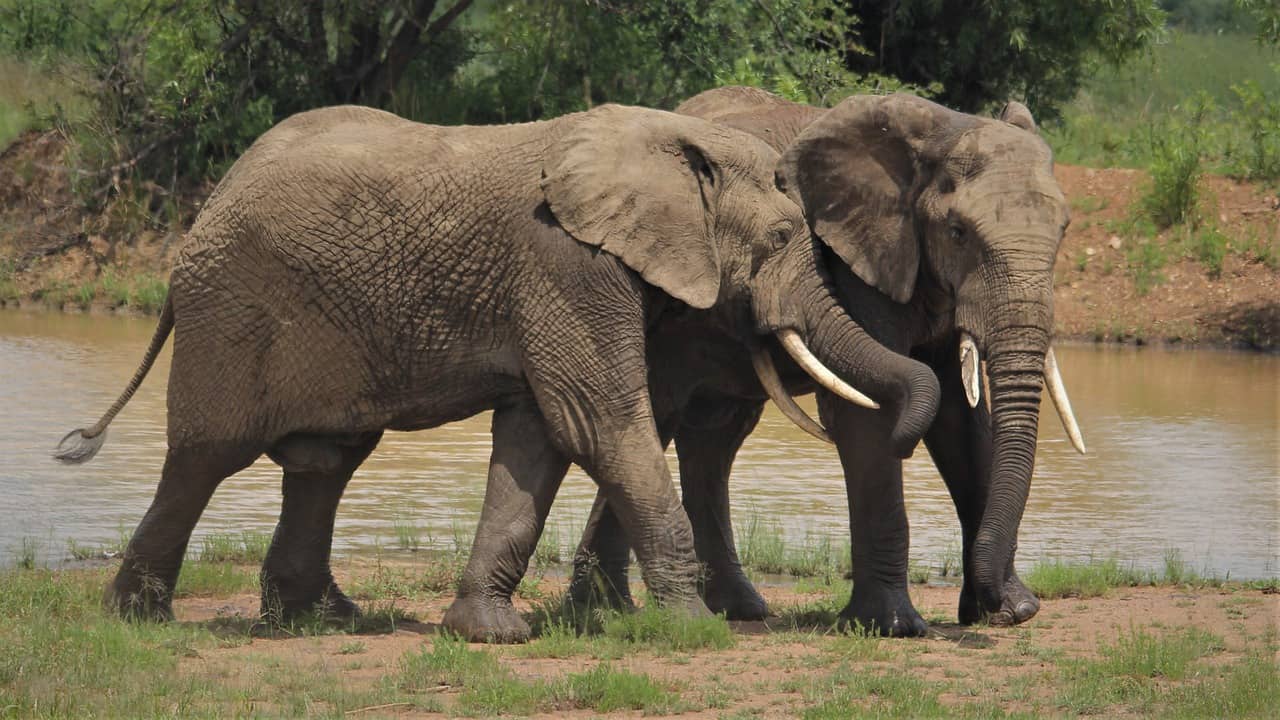
In 2019, recently extinct animals included a tiny Hawaiian snail.
Other animals on the list are 3 bird species, the Lost Shark, 2 frogs, a large freshwater fish, and several plants. More specifically, the Indochinese tigers in Laos, Sumatran rhinoceros in Malaysia, and the Yangtze giant softshell turtle added to the list as well.
Earth has experienced 5 mass extinction events.
These mass extinctions caused the disappearance of 75-90% of all species on the Earth a few times in the past 500 million years. Still, there was no constant rate of extinction. While older species fade away into extinction, new species evolve and fit into the ever-changing ecological niches.
The first mass extinction (the Ordovician-Silurian) occurred 444 million years ago.
Species diversity on Earth blossomed for a good 30 million years until massive glaciation occurred. This phenomena locked up huge amounts of water in an ice cap, covering parts of a large south polar landmass and plummeting sea levels by hundreds of feet. Even when sea levels started rising again, marine oxygen levels dropped, causing the ocean to hold more readily onto dissolved toxic metals. This effectively poisoned life inside and around it.
The Ordovician-Silurian ranks second in the worst mass extinction known to science.
The Ordovican-Silurian extinction wiped out approximately 85% of all species on the planet. Moreover, the hardest toll fell upon marine organisms like corals, conodonts (eel-like structures), shelled brachiopods, and the trilobites.
The Late Devonian Extinction was the Earth's 2nd mass extinction.
Lasting around 20 million years, the mass extinction event wiped out around 75% of all the Earth’s species some 383-359 million years ago. Aside from the extinction of some creatures, the Late Devonian also witnessed slowed diversification in its time.
Volcanism is the suspected cause of the Late Devonian extinction.
The Viluy Traps, a large igneous province, erupted 240,000 cu mi. of lava in the region known today as Siberia. A couple of million years shy of the Kellwasser event, the eruption theoretically spewed greenhouse gases and sulfur dioxide, causing acid rain.
Asteroids might have been another cause to the Late Devonian extinction.
The formation of the Siljan crater around 377 million years ago strongly supported this concept. With a width of 32 miles, the crater in Sweden remains to be one of the planet’s biggest surviving asteroid impact craters. Some extinction facts are just that amazing.
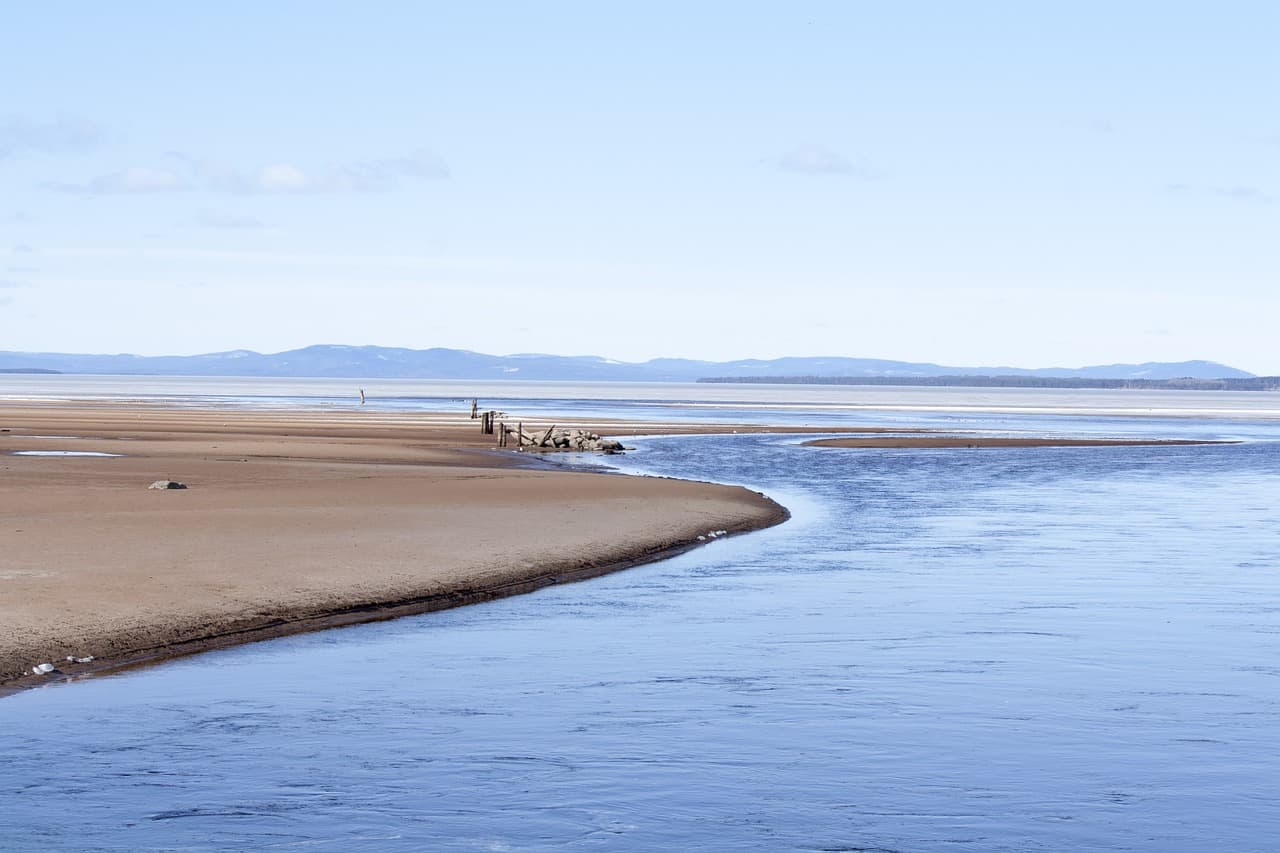
The 3rd mass extinction event is the Permian-Triassic extinction 252 million years ago.
Also known as the Great Dying, it is the single worst event that life on Earth has ever experienced. It wiped out 96% of all marine species while around 1 of every 4 species on land became extinct. These extinction facts also count the wipeout of the world’s forests which did not return until around 10 million years later.
The Siberian Traps that caused the Permian extinction also caused extinction in insects.
An immense volcanic complex, the Siberian Traps erupted over 720,000 cubic miles of lava over a region now known as Siberia. This eruption drove large numbers of insect species to extinction. Even the marine ecosystems took 4-8 million years to recover.
The 4th mass extinction is the Triassic-Jurassic extinction 201 million years ago.
It wiped out roughly 80% of all land and marine species. The Central Magmatic Province, a large igneous province in central supercontinent Pangaea, released huge amounts of greenhouse gases and triggered the world’s 4th mass extinction.
The Triassic extinction reared huge amounts of lava.
As it acidified oceans, the lava made it hard for marine creatures to adjust to the change in pH level. As a result, many of the crocodilians which were the dominant vertebrates then died out. The earliest dinosaurs emerged in their wake.
The 5th and most recent event is the Cretaceous-Paleogene extinction 66 million years ago.
It is the only one with a definitive connection to a major asteroid impact. Moreover, the Cretaceous-Paleogene extinction wiped out 76% of all the planet’s species that all the non-avian dinosaurs went extinct.
The 7.5-mile wide asteroid hit the planet near today’s Mexico’s Yucatán Peninsula.
With a speed of 45,000 miles per hour, the Cretaceous-Paleogene asteroid slammed into the waters and caused a massive impact. It flung volumes upon volumes of debris, dust, and sulfur into the atmosphere. Eventually, it brought severe global cooling upon the planet’s inhabitants.
The impact of the asteroid ignited wildfires within 900 miles and rippled a huge tsunami outward.
In the asteroid’s wake, ecosystems supporting the nonavian dinosaurs crumbled overnight. Moreover, it might have triggered the Deccan Flats volcanic eruptions in India that was believed to have fueled the global warming that ensued the ignition.
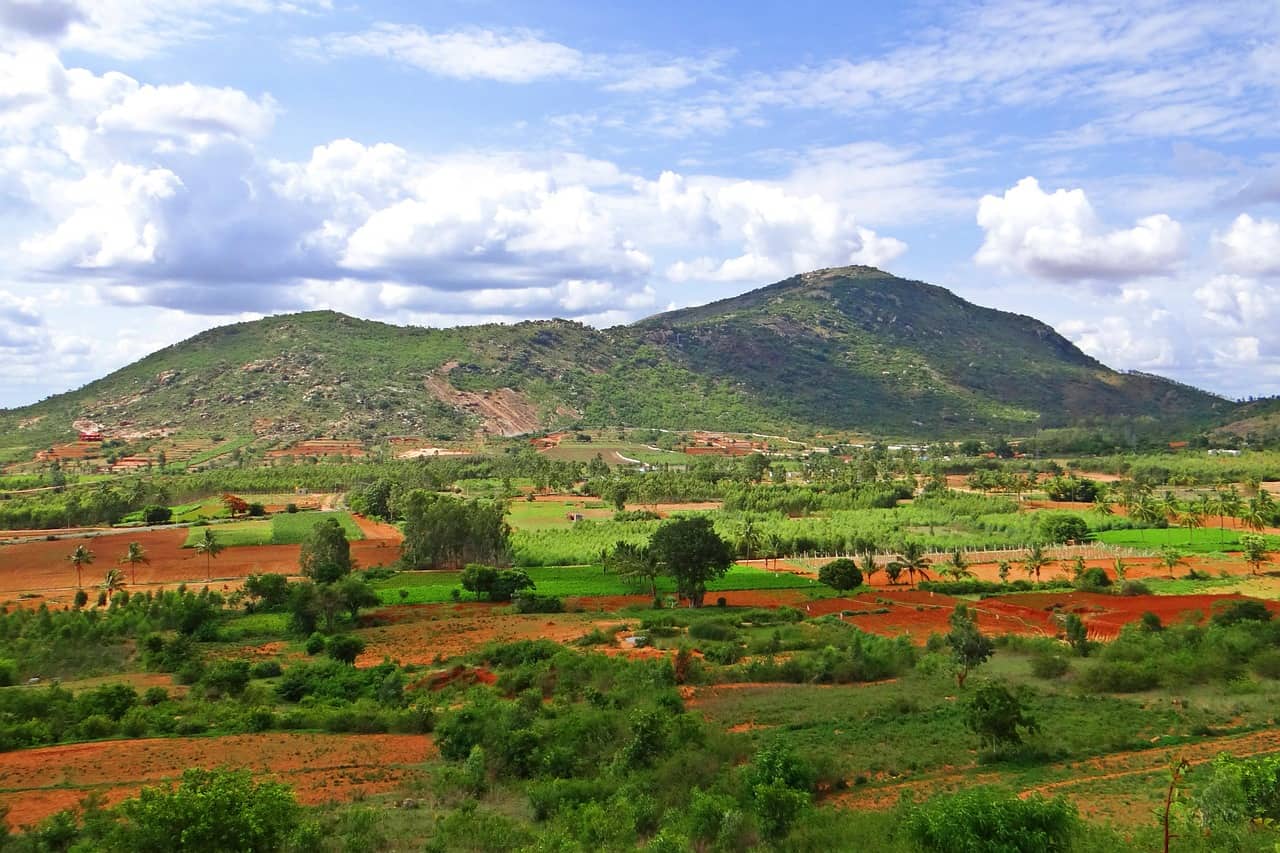
Extinction Facts Newsflash: the Earth is currently experiencing the 6th mass extinction.
Today, the planet is facing a biodiversity crisis with extinction threatening nearly a million species of plants and animals. Human activities like hunting, deforestation, and overfishing turn out to be the major causes. Moreover, the spread of invasive species, diseases from human trade, pollution, and human-caused climate change add up to serious threats.
Species today are disappearing hundreds of times faster than the natural rate.
Today’s species are rapidly decreasing, to the point that if all critically endangered and endangered species went extinct at the current rate, the Earth will experience mass extinction in 240-540 years.
Extinction Rebellion is an international movement dedicated facing the world's extinction dilemma.
With their non-violent civil approach, the Extinction Rebellion attempts to halt the feared mass extinction while minimizing the risk of social collapse at the same time. They have run numerous dynamic campaigns and protests as the Rising Up! network. Some examples are the Stop Killing Londoners and Toxic Bankers, and the widely successful Fossil Fuel Divestment campaigns.
Was this page helpful?
Our commitment to delivering trustworthy and engaging content is at the heart of what we do. Each fact on our site is contributed by real users like you, bringing a wealth of diverse insights and information. To ensure the highest standards of accuracy and reliability, our dedicated editors meticulously review each submission. This process guarantees that the facts we share are not only fascinating but also credible. Trust in our commitment to quality and authenticity as you explore and learn with us.
